We get most of the information through sight and hearing, and the human eye is more difficult to satisfy than the ear. Therefore, TV (parameter picture article) machines, monitors and other products have enough power to constantly update, and strive to let us see the screen content infinitely close to the real world. From the appearance of the picture tube to being eliminated, it took nearly a hundred years, and then the plasma and liquid crystal display technology debuted to create a flat era. Now, we are welcoming a new generation of display panel technology: OLED. Compared with the compromise of LCD technology in terms of size, price and image quality, OLED has achieved a comprehensive transcendence in terms of display principle and has become the most dazzling display technology star on the market.
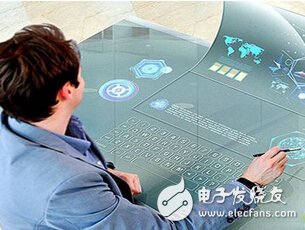
OLED concept changes the world
In 2004, flat-panel TVs (when liquid crystals and plasma began to go hand in hand, after the plasma gradually declined, LCDs became a big one) began to replace CRT CRT TVs on a large scale for the first time to show technological innovation. At that time, the best Sony Trinitron CRT CRT TV even surpassed the LCD TV in some aspects of the picture quality, but only because the flat-panel TV can be light and thin, and finally surpassed the CRT CRT TV to become the TV now. Mainstream products.
In the past 10 years, with the continuous advancement of liquid crystal display technology, the technical genre of full HD, ultra high definition, ultra-thin, 3D, and borderless functions has appeared and its image quality has become more and more realistic. However, technological innovation is still limited. When the development of one technology can no longer meet the needs of consumers, it will always bring about another innovative product.
The liquid crystal display technology needs backlight, liquid crystal deflection and color filter to combine the basic principles of the picture will not change, even if the picture quality is 4K, 8K ultra high definition, the appearance is ultra-thin, curved, but it is difficult to take new The stairs. The mature OLED has fundamentally solved the technical problems that have plagued the LCD for many years due to the principle of active illumination, and has begun to pursue the perfect picture quality and appearance from a new height.
Why OLED is inherently better than LCD
Roughly analogous, we can think of the LCD panel as a dazzling glass curtain wall building in the center of the city. The lights that appear in the windows after the lights are turned on in the building at night will form the picture we see. But the light in this building is only white, and it can't be adjusted at will. The brightness of each window should be controlled by a hundred curtains - when it is turned on, it will be bright, and when it is closed, it will be dark. The color of the window light is determined by the color of the film on the glass. As long as there are enough windows and the opening and closing of the blinds can be accurately controlled, we can show the building any picture.
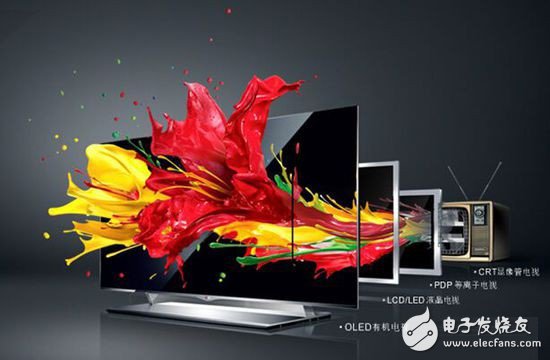
The display principle of the OLED building is not the same. Its lighting system itself is the window of the external wall, which can directly form a picture with different colors of light, no need for film and curtains. The result is that the building's display can achieve faster and more accurate light and dark changes, and the color light can also be more abundant and accurate than the white light plus the film.
The difference in display principle makes OLED panels have a huge advantage in terms of image quality compared to LCD liquid crystal panels. From contrast, color, response speed to viewing angle, OLED's key parameters are better, so that the visual experience can be fully upgraded, which has become a common recognition trend of the large screen display industry. At the just-concluded Consumer Electronics Show 2015 in Berlin, almost all TV manufacturers have exhibited OLED products as the most important flagship products. Korean, Japanese and Chinese famous brands are no exception, which is a good testimony to this. trend.
Natural technology advantage makes OLED win at the starting line
The biggest problem with the "liquid crystal building" is that the windows can't be illuminated. The size of the light bulb used is several orders of magnitude larger than that of the window. It can only be placed away from the window, even on the side of the building, and then the light is tried in a complicated way. Evenly distributed to each window.
First, concentrating the backlight requires a complex optical path design to refract light evenly, which is a challenge in terms of cost, thickness, and efficiency. Secondly, color display must let white light pass through the color filter, which will make it difficult to improve the color performance of the LCD panel, and the performance of the color filter will become the bottleneck of color performance.
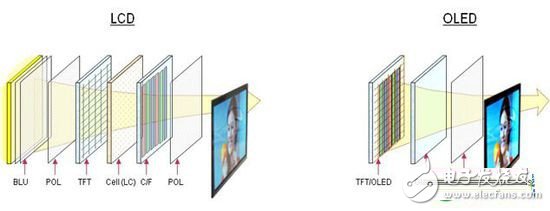
OLED and LCD display structure comparison
More importantly, the always-on backlight needs to be accurately blocked to display the brightness and color of the image, which requires the deflection of the liquid crystal molecules to be accurately and quickly controlled. Their shading ability and conversion speed are contrast and visual. Angle has an important impact.
The unique display principle of LCD can only gradually improve the picture quality, but some thresholds can never be crossed. The OLED is completely different, and each pixel can accurately control the intensity and timing of the light, and directly wins the starting line.
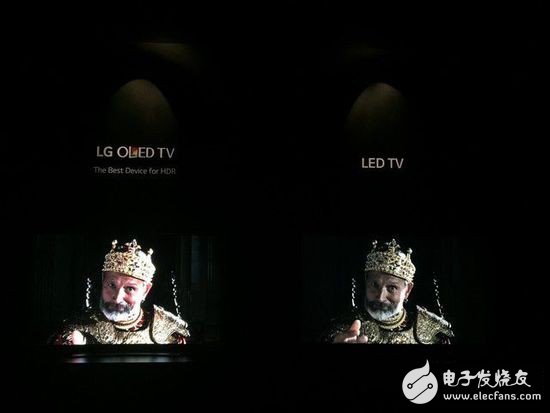
The difference between typical OLED TV and LED TV
Extremely high contrast is the basis for the vivid and vivid picture of OLED. Each pixel of the OLED can precisely control the brightness, which makes the dark part of the OLED picture behave very well, even to a pure black with almost no light. In the current practical display technology, the pure black performance of OLED is a unique skill, and even the peak tube of the peak period is difficult to do this. Being able to express true black is very important for high-quality picture restoration. We can really feel the impact of high-contrast images in the dark cinema. If the same picture is played on the LCD TV, since the backlight cannot be completely blocked, there is inevitably a faint light in the darkest part of the picture. This is the "original sin" of the LCD.
The greatly simplified structure allows for great flexibility in OLEDs. OLEDs can easily achieve millimeter-level panel thicknesses due to the elimination of backlights and lightguide components. Compared with the structure of the LCD panel with seven or eight layers, the OLED panel basically only needs to display and frame the two components. If printed on a flexible surface, it is even possible to produce a display device with any bending deformation. Skyworth President Yang Dongwen once said that the future of display technology is to be able to produce products that are large or small and suitable for a wide range of applications. OLED is a flexible technology that can fully meet the screen from hundreds of inches of giant screen TV to one or two inches of watch screens, not to mention the new field of applications that cannot be realized by liquid crystals such as double-sided display and flexible curled screen.
OLED actual viewing effect: stunning
Since the emergence of OLED TV products three or four years ago, I have paid close attention to the performance of these new products. The first time I actually watched OLED TVs close to consumer products was at CES, and I was deeply impressed by their vivid color performance and extremely high contrast.
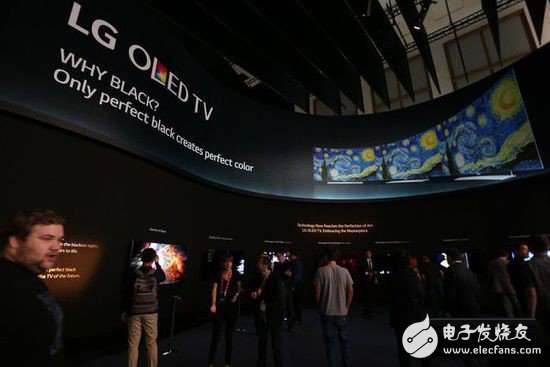
IFA LG OLED display wall
Every year, significant progress in OLED TV can be seen at major exhibitions. Their color gradations are increasingly rich in high saturation, and contrast and brightness are increasing every year. Until the recent IFA show, the OLED TV demonstration I saw basically achieved the ultimate in the comprehensive effect of the display device: high contrast, high resolution and vivid colors that are free from ambient light.
Watching a TV with full black content in a pure black environment, you can hardly observe the existence of an OLED TV, and an LCD TV of the same specification will display a faint gray screen on the wall. At this time, the difference between the contrast of OLED and LCD TV is expected. That is to know. In bright light, OLEDs are expressed in high-brightness and high-saturation colors, which also makes it easy for users to distinguish the performance of LCD products. The high-contrast panel provides a very vivid picture, and the rich layer can accurately convey the beauty of high-quality images, which can give users greater visual satisfaction when watching movies and high-quality documentaries.
For the ultimate in large-screen display, the most advanced projection equipment may provide better performance in a strict environment. But that is not our real life needs, and the price is far beyond what the average rich can afford. But now, the price-friendly OLED is already waving to us.
The leading OLED is unstoppable
As the industry's optimistic next-generation display technology, large-size OLED panels have begun to enter the consumer-grade application market. In the past two or three years, we have seen new breakthroughs in cost and mass production capabilities of OLED display technology, and it is expected to gradually spread from high-end products. In fact, almost all TV brands have already launched market-oriented OLED TV products. Domestic manufacturers including Skyworth and Konka have also actively entered this market by purchasing upstream manufacturers' OLED panels. At the 2015 IFA exhibition, TV leaders collectively adopted OLEDs. As the main product display, it fully proves the trend of the TV industry: the high resolution, high quality 4K OLED era has been opened.
As mentioned above, the OLED uses a completely different manufacturing method from the liquid crystal, and can realize physical characteristics that are difficult to be achieved by liquid crystals such as flexible, transparent, and ultra-thin. The undoubted trend is that the cost of information processing and communication is getting lower and lower, our demand for display capabilities will certainly increase, and OLEDs will have access to a wider range of applications. Window glass, mirrors and even any surface can be turned into display devices by means of OLEDs. Now our e-reading is still limited to glass-based displays. In the future, OLED newspapers and magazines that can be folded like paper can not be too surprising.
CRT technology has been developed for nearly a hundred years and has been completely overturned by LCD TVs in the past 10 years. The rhythm of technological progress is beyond imagination. TV manufacturers have fully recognized the excellent performance of OLEDs and began to lay out in high-end products. It is expected that mainstream products with price-friendly products will also popularize OLED panels, and the tide of TV display technology has begun.
Solar Street Light,Solar Street Light Price,Solar Powered Street Lights,All In One Solar Street Light
jiangmen jieken lighting appliance co.,ltd , https://www.jekenlighting.com